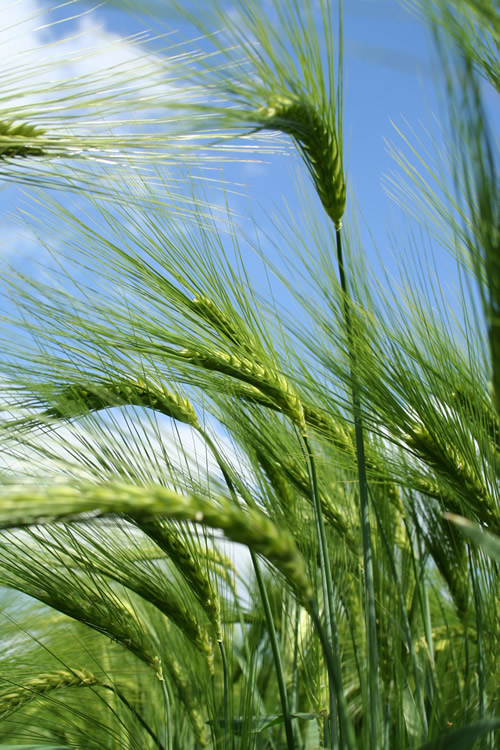
WINTER feed barley growers looking for extra yield to make the most of buoyant grain prices will have a third, high-yielding hybrid variety to choose from this autumn, with the launch of newcomer Volume at this year's Cereals Event (Heath Farm, Leadenham, Lincolnshire, 11 and 12 June) to join existing hybrids Boost and Bronx.
Bred by Syngenta Seeds, its launch is being specially fast-tracked to help growers make more of high grain prices by making seed available a year earlier than normal, says the company's head of UK cereals, Robert Hiles. It is due to be considered for HGCA Recommendation later this year, he points out.
"Like the other latest generation barley hybrids, Boost and Bronx, Volume shares the 'core hybrid values' of its counterparts," says Robert Hiles, "several of which are due to the hybrid vigour achieved when different parent varieties are crossed to produce hybrid seed.
"These include high yield, which in the case of new generation hybrids is coupled with high specific weight; vigorous growth which helps hybrids cope with a range of growing conditions; early maturity; and improved disease resistance," he says.
"However the difference with Volume is that it takes hybrid yields to an even greater level.
"Currently an HGCA Recommended List candidate variety, it has the highest treated yield of all the winter barley varieties on the HGCA Candidate Table. At 112%, this is a massive 12% more than the mean treated yield of the control varieties.
"If you take the mean control variety yield as 8.5 t/ha, this extra 12% equates to over 1 t/ha – equivalent to an extra £142/ha farm income for grain priced at £140/t. So it's well worth having," he adds.
Also on the HGCA Candidate Table, Mr Hiles says the specific weight of Volume of 68.4 kg/hl is well above the traditional 63 kg/hl which feed buyers look for, so it should give a high safety margin for growers looking to sell grain off the farm.
Meanwhile, its disease resistance ratings – of eight against the difficult diseases of Rhynchosporium and net blotch, seven against brown rust, plus resistance to Barley Yellow Mosaic Virus – mean Volume offers a very robust option, agronomically, he adds.
"It also has good straw volume, which can add to farm income, while its early maturity of minus two on the HGCA Candidate Table offers a potentially important advantage for growers when it comes to timely harvesting.
"Winter wheat plantings rose about 12% this season, and winter barley area by around 6%. So with its early harvest date, hybrid barley makes an ideal option for spreading the extra workload outside the later wheat harvest.
"Overall, winter barley growers should specialise in growing either malting or feed varieties. If you can achieve malting quality, then Flagon satisfies the yield, quality and maturity requirements. But if you're a feed grower, then hybrid technology can meet these needs.
"With the latest hybrid barleys, we see each of the three fulfilling different roles. Boost is an obvious choice if you're trying a hybrid for the first time – on account of its high specific weights, stiff straw and high disease resistance making it straightforward to manage. Bronx has the highest UK treated yield figure of any winter barley variety on the HGCA Recommended List, and is for growers wanting very high yields and prepared to manage crops accordingly. Meanwhile, Volume is the new option which takes yields even further to satisfy the need for more output with better grain prices," he adds.
